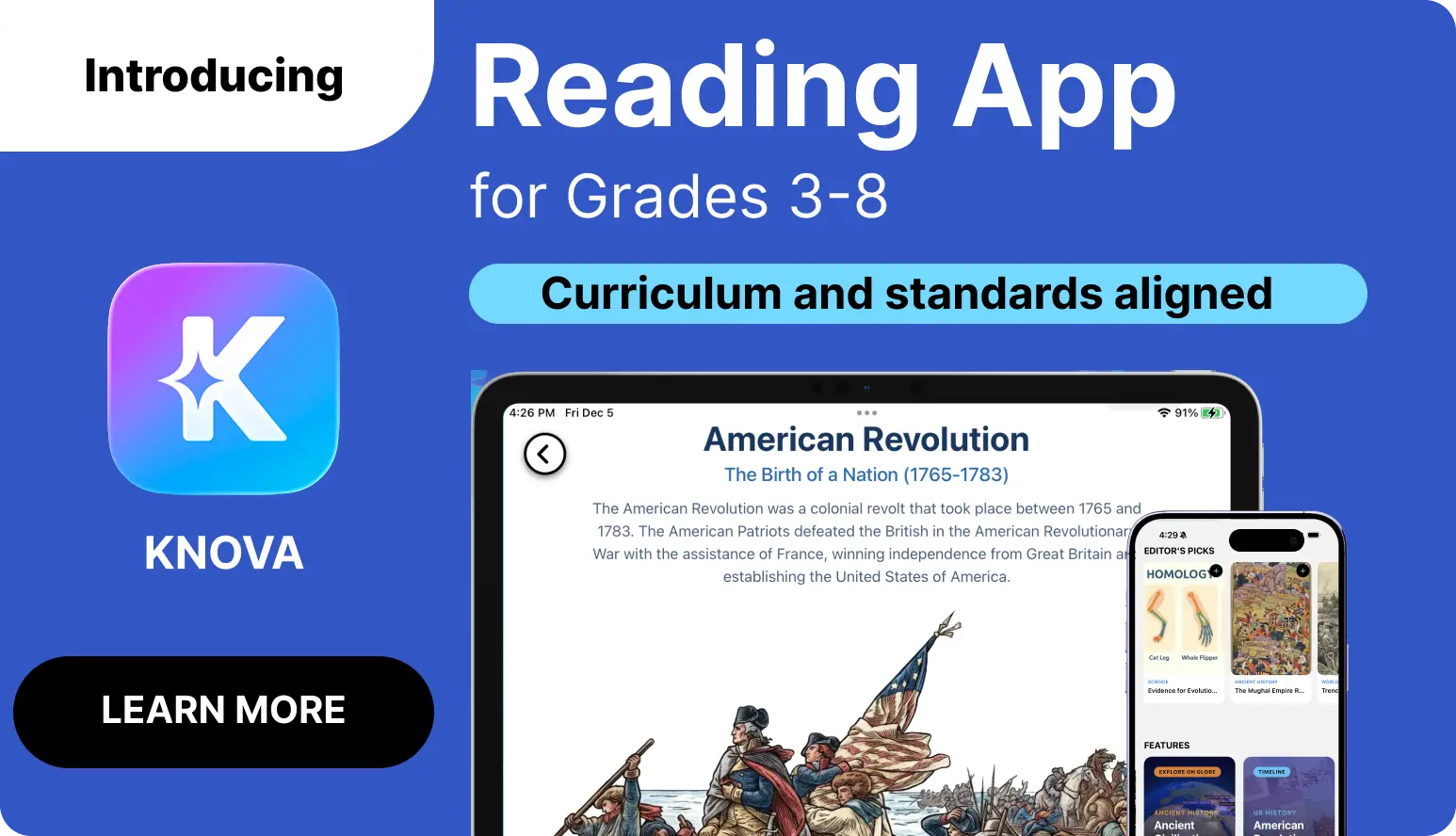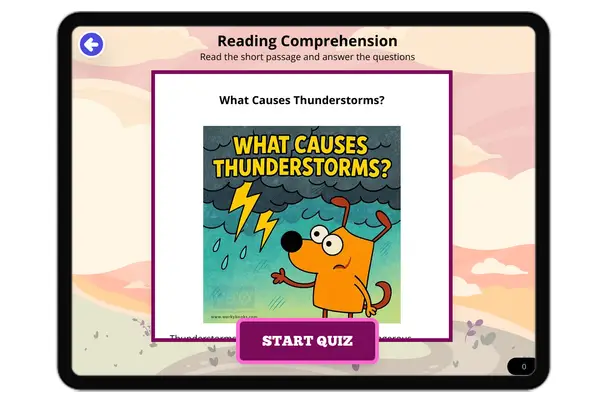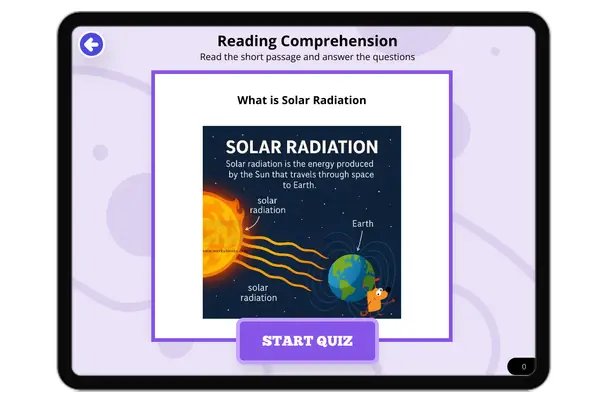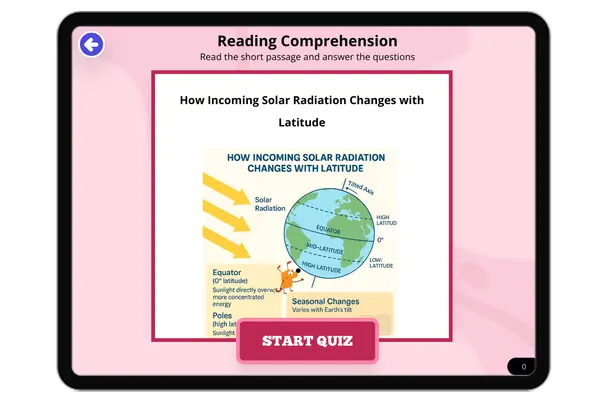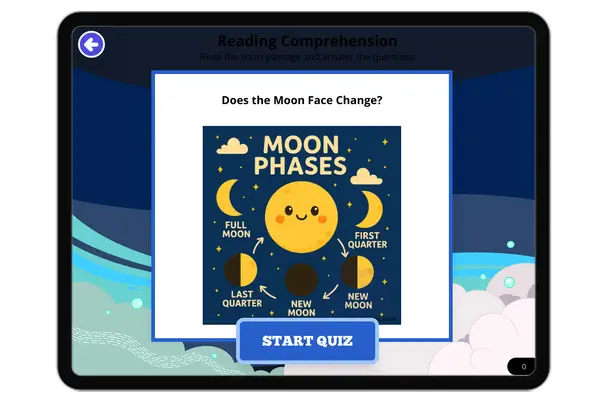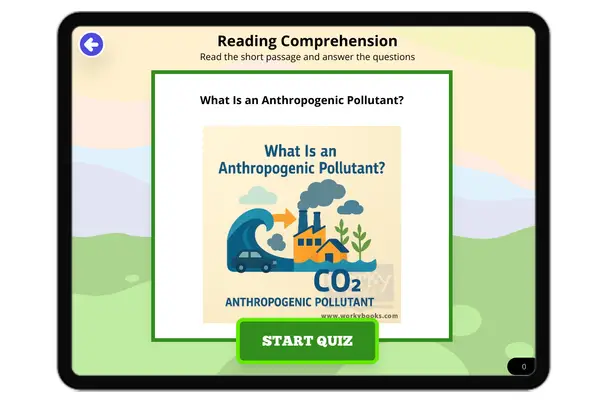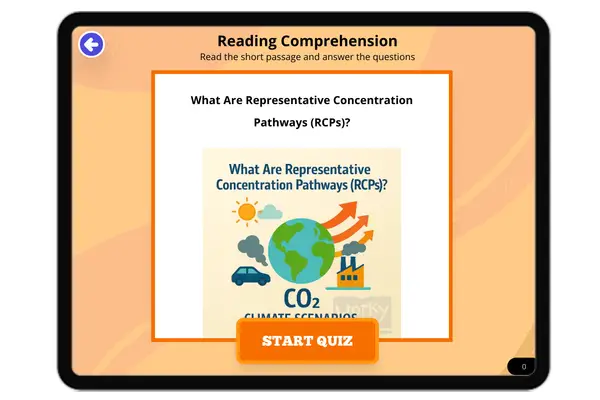Grade 3 Reading Informational Text - Main Idea Science Curriculum Resources
Enhance the skill of identifying main ideas in informational text about science in young readers with our Reading Informational Text - Main Idea Science curriculum resources. These resources provide a structured approach to recognizing and understanding the central concepts of informational texts related to science in an interactive and printable format, improving overall reading comprehension.



